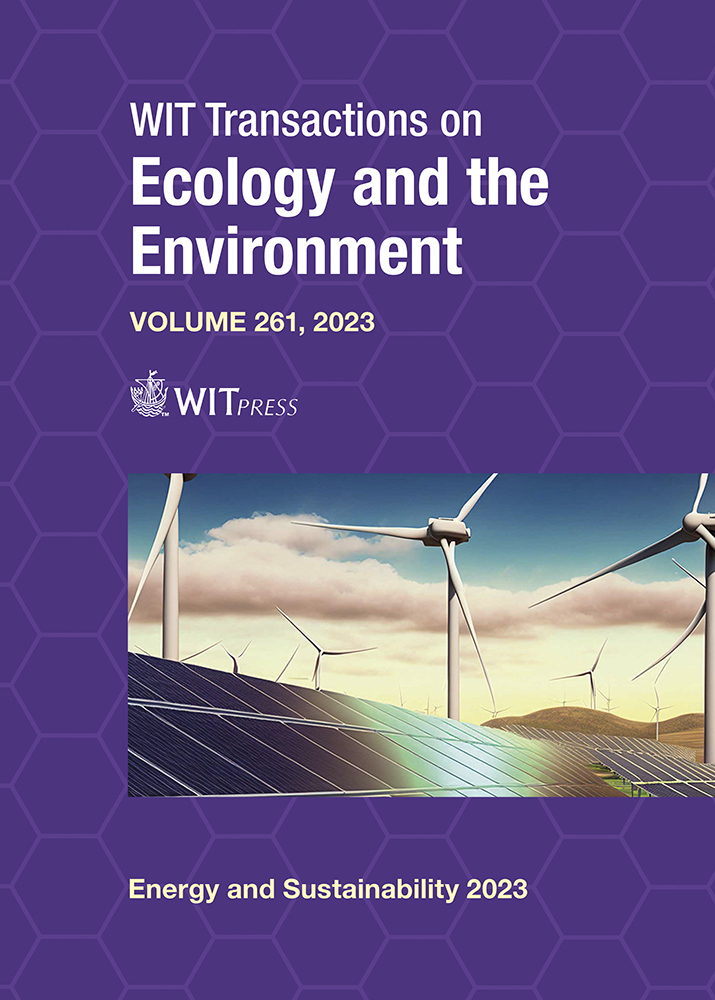PROVIDING ENERGY AND ENVIRONMENTAL ASSESSMENT SERVICES TO NEW MEXICO’S BUSINESSES TO COMBAT CLIMATE CHANGE
Price
Free (open access)
Transaction
Volume
261
Pages
9
Page Range
215 - 223
Published
2023
Paper DOI
10.2495/ESUS230181
Copyright
Author(s)
PATRICIA A. SULLIVAN, JALAL RASTERGARY, PAUL AMEND
Abstract
Most solutions for dealing with environmental issues and climate change are focused on a few major causes of the problem and often do not have a holistic approach. The Office of Outreach and Recruitment in the College of Engineering at New Mexico State University has been studying and providing a holistic approach to this problem by providing onsite energy and environmental assessments to businesses since 1999 under a federally funded pollution prevention grant program. The program, funded through a grant from the U.S. Environmental Protection Agency, focuses on providing technical assistance, training, and educational outreach on a variety of pollution prevention (P2) and economy, environment and energy (E3) strategies to businesses, industries, and communities across the state of New Mexico and the west Texas region. The overarching goal of the program is to mitigate climate change by improving resource efficiency and reducing greenhouse gas (GHG) emissions; reduce the generation of toxic and hazardous materials; conserve water and energy resources by reducing their use in manufacturing processes; and reduce organic waste disposal through organic composting projects with food manufacturing businesses. Recipients of such services have included a variety of businesses in the healthcare, agriculture, hospitality, food and beverage production and processing, and manufacturing sectors. In this paper, the P2 and E3 assessment process is described. The amount of reduction in energy, water, and waste and cost savings from one business will be presented as a case study. The methodology for the case study assessment will be presented along with industry and site-specific recommendations for realizing source reductions and cost savings.
Keywords
pollution prevention, energy efficiency, sustainability, environment, economic





